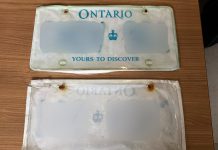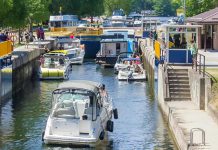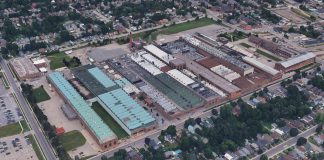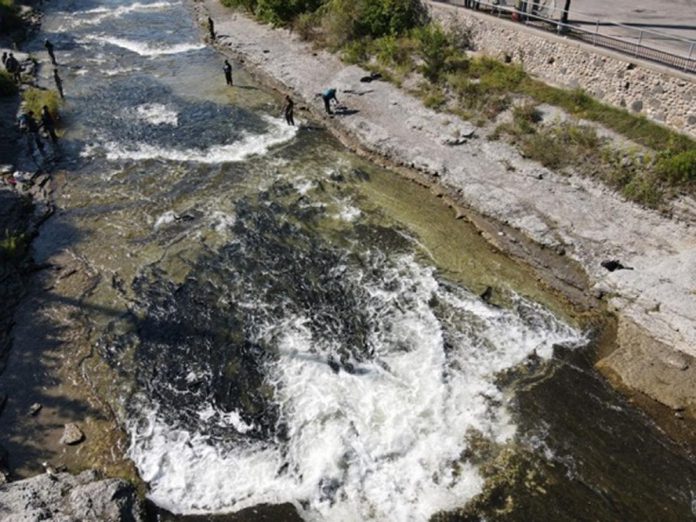
A Northumberland County resident who has been leading an effort to protect fish, the Ganaraska River, and the integrity of the overall environment is applauding a new proposal from the province that could entail significant changes during the peak of the salmon run season in Port Hope.
Over the past couple of years, a group of Port Hope residents led by Sean Carthew has become increasingly concerned about the lack of regulations around fishing in the Ganaraska River in Port Hope that results in regular issues in the fall during the annual salmon run.
Not only do some anglers catch and slaughter the breeding salmon for their eggs, discarding the rest of the fish, but they leave trash and fishing hooks behind, prompting Port Hope residents to organize a clean-up every fall.
Carthew, who started an online petition last fall that now carries more than 13,700 signatures, was pleased to see the Ontario government recently propose new fishing rules on the lower Ganaraska River.
The proposal includes a move to create a new fish sanctuary for Chinook salmon and to prohibit fishing from the CN Bridge to Jocelyn Street during the peak of the salmon run from September 1 to October 14.
The Ministry of Natural Resources (MNR) is currently running a survey on the new rules, which is open for public input until August 22. The survey can be accessed at ontario.ca/page/proposed-new-fishing-rules-lower-ganaraska-river.
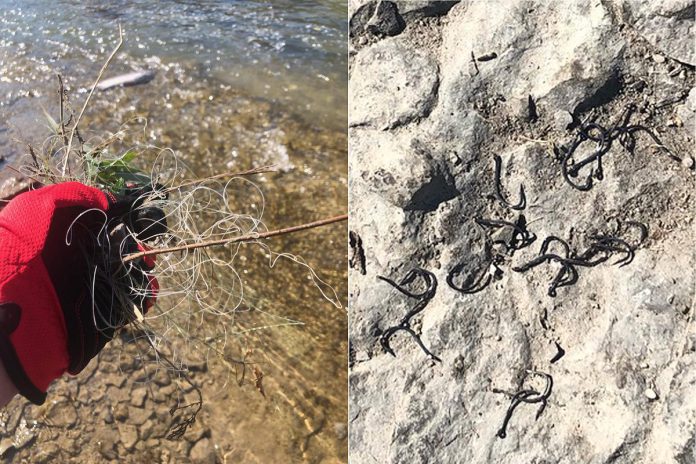
“I believe it’s a fair, smart proposal,” Carthew told kawarthaNOW.
“I think it will stop most of the chaos that happens along the river during the peak of the salmon run, and, in return, the MNR has offered an extension of the fishing season,” he explains. “They took away six weeks of fishing during a time when the salmon are just too exposed and gave back 10 weeks of fishing.”
The province’s proposal for new rules would impact recreational fishing rules on the lower Ganaraska River. The changes would help protect vulnerable migrating Chinook salmon during peak migration and provide extended angling opportunities for Atlantic salmon, brown trout, Pacific salmon, and rainbow trout in the fall season, the province says.
During the Ganaraska River fall salmon migration, in some years more than 30,000 Chinook salmon migrate through the lower Ganaraska River in Port Hope on their way to spawning habitat upstream. This makes the migratory run in the Ganaraska one of the largest in Ontario, according to the provincial government’s survey page.
“The lower Ganaraska River contains numerous bottlenecks that can slow down migration. The main obstacle is Corbett’s Dam and Fishway, located about three kilometres upstream from Lake Ontario.”
“While the fishway allows fish to pass, it slows down migrating fish while they learn to navigate it. This is especially true during large runs like the fall Chinook salmon migration, when hundreds of fish gather below the dam.”
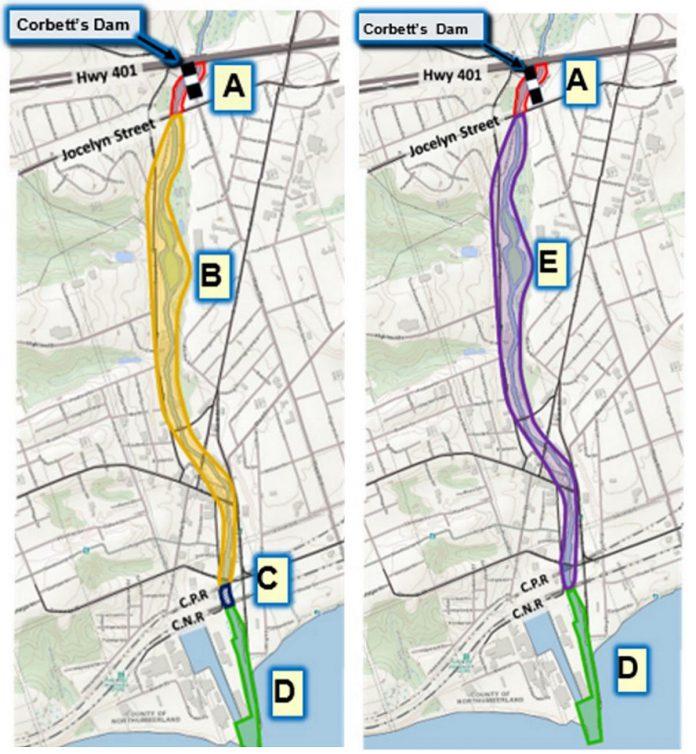
The existing fish sanctuary (from the 401 to south side of Jocelyn Street) was put in place to protect migrating fish held up by the dam. Fish accumulate in engineered step pools separated by shallow limestone stretches.
During the peak Chinook salmon migration, the dam and the step pools cause thousands of fish to build up in the lower river until they learn how to find the fishway entrance. The fish that are below the existing sanctuary are vulnerable to angling.
“This sanctuary is not large enough to protect the Chinook salmon in the fall when they are at peak abundance,” according to the government.
About a month after Carthew launched his petition last fall, there was some response, with Carthew meeting with local politicians who formed a group to look at the issue, and with the MNR reaching out to the Port Hope mayor.
“A group of individuals was formed in conjunction with a representative from council and a lot of great ideas came out of it,” Carthew said. “It was very positive.”
He hopes that leads to more policing, education, and fines along the river this year.
Carthew thinks the province’s proposal “may be the best possible outcome” for the situation.
“I’d also like to see the river become barbless hooks only, all year round,” he added. “There are a lot of different opinions and various ideas as to what should happen on the Ganaraska River during the salmon run and, though we all may not agree, see a lot of passion to fix what goes on down there and that is exciting.”






